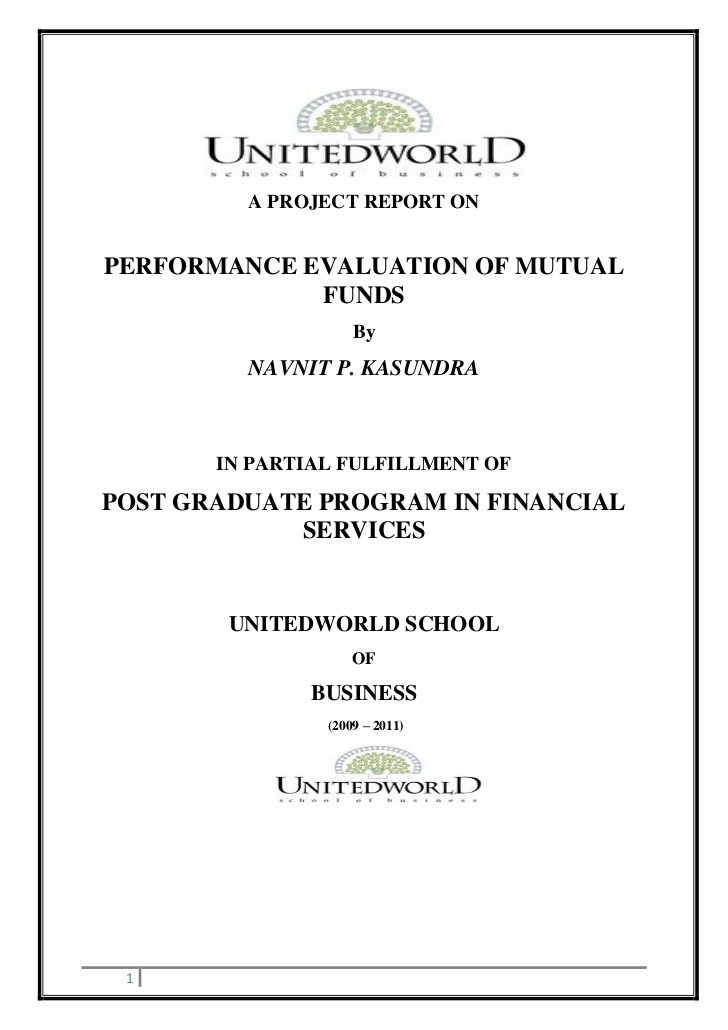How to Analyze Mutual Fund Prices Financial Web
Post on: 12 Апрель, 2015 No Comment

Mutual fund prices give insight into the value of a fund. However, value and price are not always equal. It is common for a mutual fund to be overvalued, leading to an inflated price. It also common to be undervalued, leading to a deflated price. As an investor, you want to stay away from overvalued funds. However, funds listed at a price consistent with, or beneath, the value you perceive them to have should be options for investment. In order to analyze prices of a mutual fund, you need to understand the value of the fund, which is a much less tangible factor to comprehend.
Value Based on Returns
The first measure of a mutual fund is typically its returns. Ask yourself: how much money is the fund making for its investors currently? This is a good question because it is an easy measure to understand. There are two ways to analyze the returns of a mutual fund. The first is absolute return, or how much the fund made over the initial investment in a given period of time. You can find this figure on nearly any website or brochure about the fund. The second factor is relative return, which measures this absolute return, in comparison to another benchmark. Ask a financial adviser to prepare this for you or simply find the absolute return of two comparable entities.
Value Based on Volatility
The less volatile a mutual fund, the more predictable a fund will be over time. You can typically find the volatility of a fund as expressed in standard deviation. Standard deviation should be low on a less volatile fund. You can compare this standard deviation to that of a benchmark, like another fund or a group of stocks, to understand how much more or less volatile the mutual fund is than this other factor.
Combining Returns and Volatility
For mutual funds, analysts have what is called the efficient frontier. This is similar to a supply and demand curve. Essentially, using the figures of volatility, returns and other benchmarks, a mutual fund is placed either above or below this frontier. A fund that manages to be above the frontier is returning above average for the amount of risk that is associated with the investment. If a fund is below the frontier, it is returning less than would be expected based on the risk of the fund. Generally speaking, price should coincide with where the fund is along this frontier.
Value Based on Name
There are some intangible factors that may contribute to a mutual fund’s value for many investors. You may want to buy into a non proprietary fund, meaning you would prefer to work with a third party manager rather than the issuing institution directly. Non proprietary managers are organizations like T. Rowe Price or Fidelity. Many investors feel they offer less partial advice because they are simply sellers and advisers and not issuers of the funds. Working with one of these organizations can make the price of a fund slightly higher. Ultimately, you will have to factor in this type of intangible preference when selecting a mutual fund based on price and performance.
$7 Online Trading. Fast executions. Only at Scottrade














